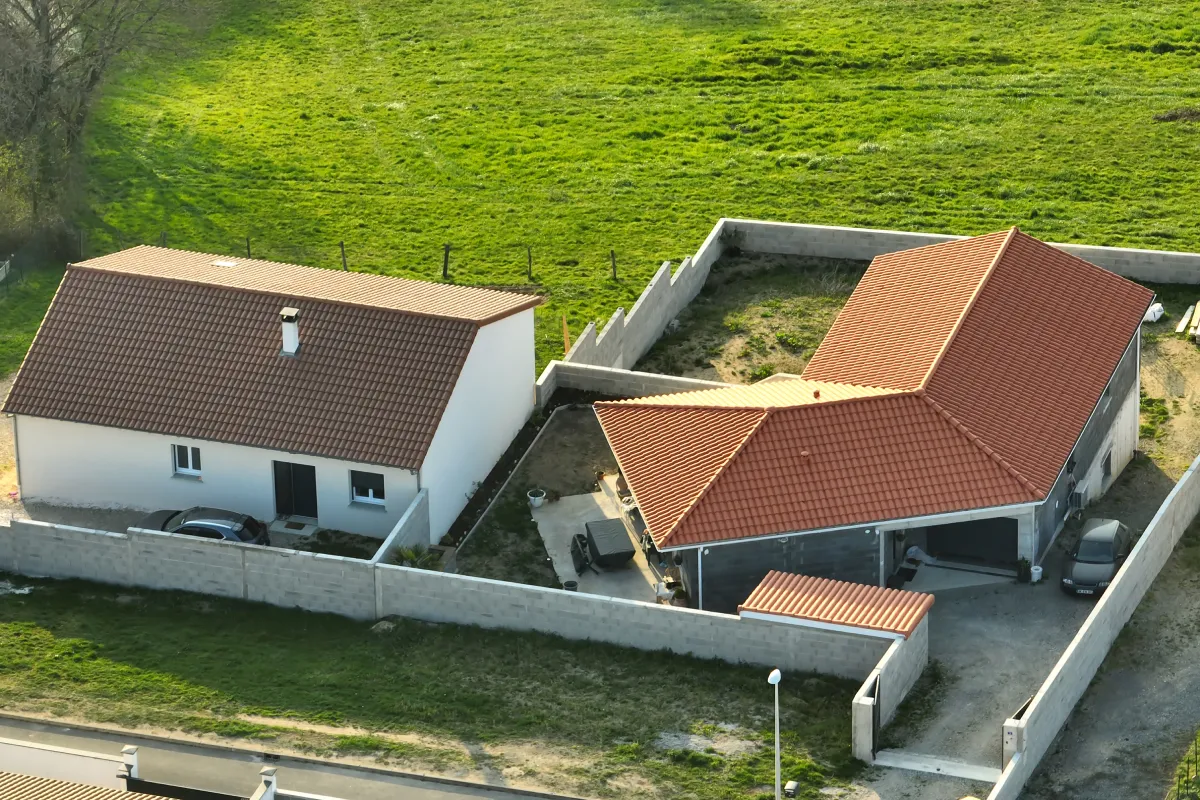Flat vs. Sloped Roofs: Which Is Right for Your Next Home Project?
Choosing the right type of roof is one of the most important decisions homeowners make when planning a renovation or new construction. The roof is not just a shield against the elements; it also plays a major role in curb appeal, energy efficiency, and long-term maintenance costs. With options ranging from flat to sloped designs, the choice depends heavily on a home’s architecture, location, and lifestyle needs.
Flat and sloped roofs each offer unique advantages. Flat roofs provide modern aesthetics and practical benefits such as additional outdoor living space, while sloped roofs deliver traditional charm and excellent water runoff. Understanding the differences helps homeowners select the option that best matches their priorities.
Strive Roofing & Construction emphasizes that consulting a trusted roofing contractor is the best way to evaluate which roof style suits your property. Their expertise ensures you make an informed decision that balances function, style, and cost.
The Basics of Flat Roofs
Flat roofs aren’t completely level—they typically have a slight pitch to allow for drainage. This design is often used in modern homes, urban properties, and commercial buildings. Flat roofs create opportunities for rooftop decks, gardens, or HVAC equipment placement.
They are also easier and safer to access, making inspections and maintenance more convenient. For homeowners interested in maximizing usable space, flat roofs are an appealing option.
Advantages of Flat Roofs
- Additional Living Space: Rooftop patios, solar panels, or green roofs are easier to add.
- Accessibility: Easier for repairs, inspections, or upgrades.
- Cost-Effectiveness: Generally require fewer materials and may be less expensive to install initially.
These benefits make flat roofs especially popular in warmer climates where snow and heavy rain are less of a concern.
Drawbacks of Flat Roofs
Flat roofs do come with challenges. They are more prone to water pooling, which can lead to leaks if drainage is inadequate. Materials may also wear faster under extreme weather conditions, requiring regular maintenance.
Homeowners should consider the long-term costs of upkeep when evaluating flat roof systems.
The Basics of Sloped Roofs
Sloped roofs are the traditional choice for residential homes. Their angled design promotes efficient water runoff, reducing the risk of leaks and structural damage. Sloped roofs are available in a wide range of styles, from simple gable designs to more complex hip or mansard structures.
The steepness of the slope also allows for greater attic space or vaulted ceilings, giving homeowners more design flexibility indoors.
Advantages of Sloped Roofs
- Superior Drainage: Rain, snow, and debris slide off easily, reducing maintenance.
- Durability: With proper materials, sloped roofs often last longer than flat designs.
- Classic Aesthetics: Complements traditional homes and boosts curb appeal.
These qualities make sloped roofs especially suitable for areas with heavy rainfall or snow.
Drawbacks of Sloped Roofs
Sloped roofs can be more expensive to install because they require additional materials and labor. They may also limit rooftop accessibility, making tasks like cleaning gutters or installing solar panels more challenging.
For modern architectural designs, sloped roofs may not provide the same sleek look that flat roofs offer.
Cost Considerations
Flat roofs generally cost less to install upfront, but they may require more frequent maintenance or repairs. Sloped roofs involve higher installation costs but typically have longer lifespans, making them more cost-effective over time.
A roofing contractor can help homeowners evaluate both short- and long-term expenses, ensuring the investment aligns with budget goals.
Climate and Location Factors
Climate plays a crucial role in choosing between flat and sloped roofs. In snowy or rainy regions, sloped roofs offer clear advantages. In contrast, flat roofs are better suited to dry climates where water accumulation is less of a risk.
Local building codes may also influence roof design. Professional guidance ensures compliance with regional regulations.
Style and Aesthetic Preferences
Flat roofs bring a modern, minimalist appeal, while sloped roofs offer traditional charm. Homeowners should consider how their choice aligns with the overall architecture of their home and neighborhood.
Strive Roofing & Construction notes that roof design significantly impacts curb appeal and resale value, so style preferences should balance with functionality.
The Role of a Roofing Contractor
Choosing between flat and sloped roofs requires expertise. A roofing contractor evaluates structural needs, budget, climate, and long-term goals before recommending the best option. They also guide material selection, from asphalt shingles to modern membrane systems, ensuring durability and performance.
By working with professionals, homeowners gain confidence that their roof choice will provide safety, efficiency, and value for years to come.
Final Thoughts
Both flat and sloped roofs offer distinct advantages, and the right choice depends on climate, budget, and personal style. What works for one home may not suit another, which is why expert advice is so important.
A roofing company or contractor provides the insight needed to make an informed decision. Strive Roofing & Construction reminds homeowners that investing in the right roof is an investment in the future of your home. With proper guidance, you can enjoy a roof that balances practicality with beauty for decades.

Leave a Reply